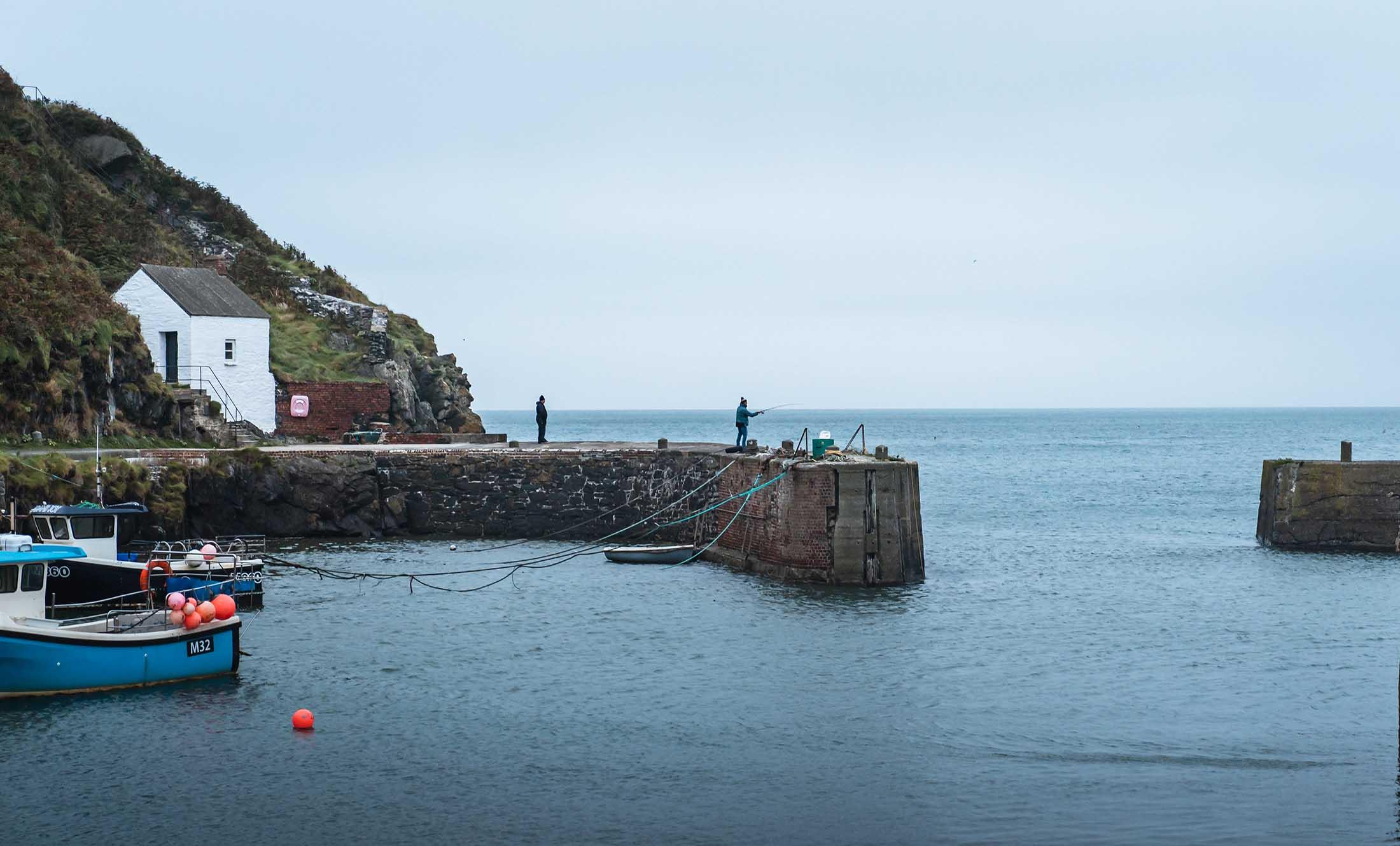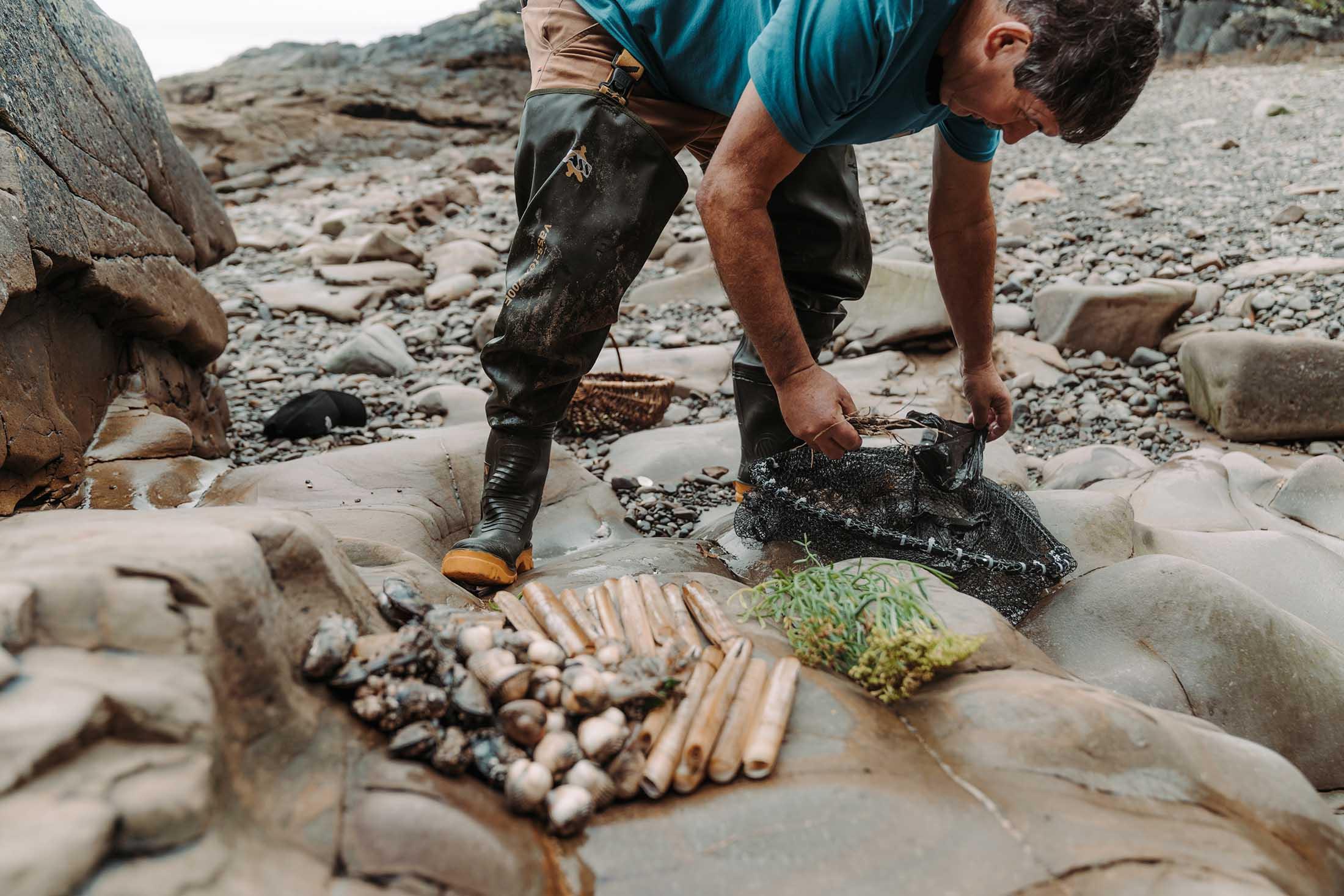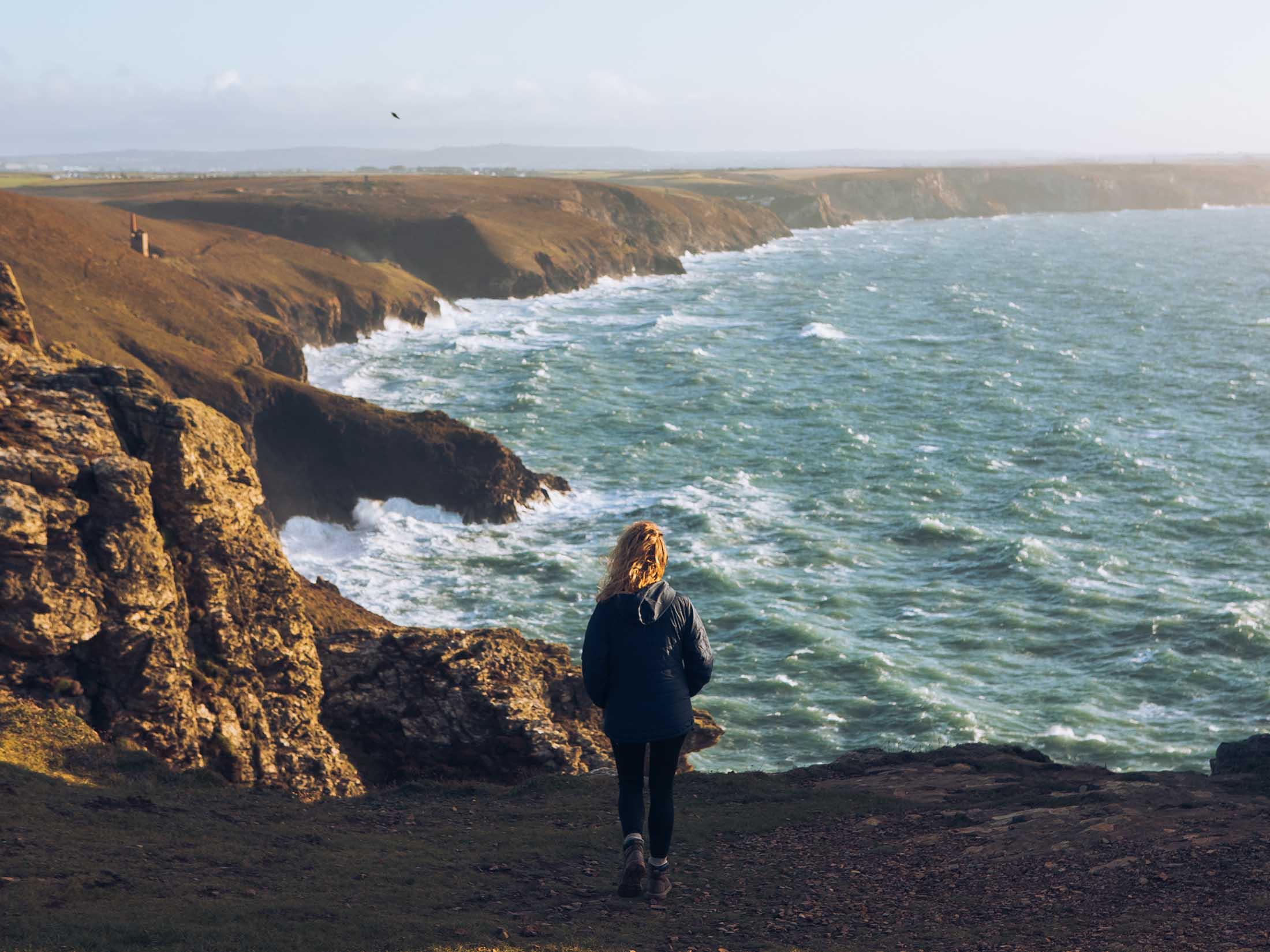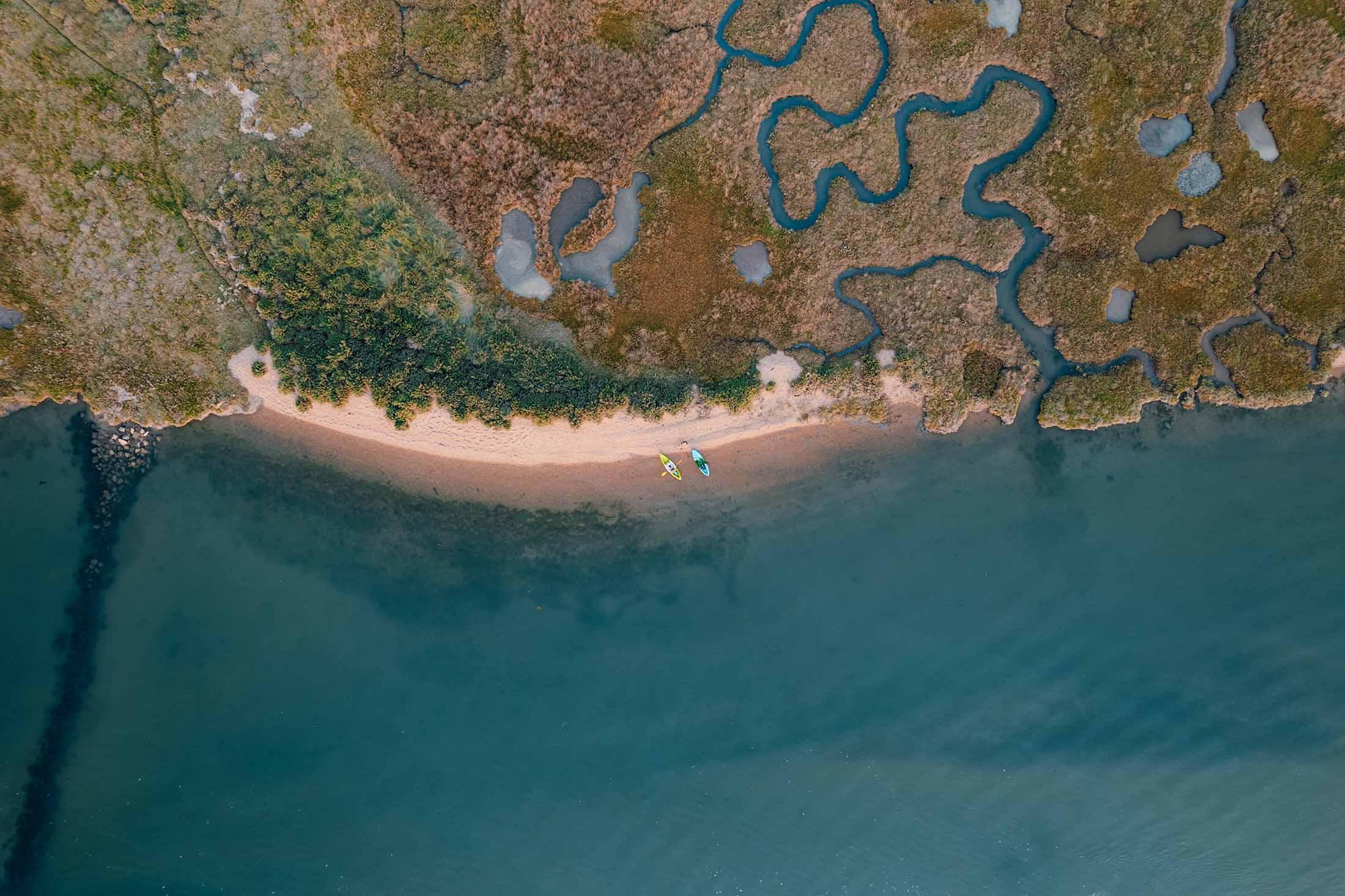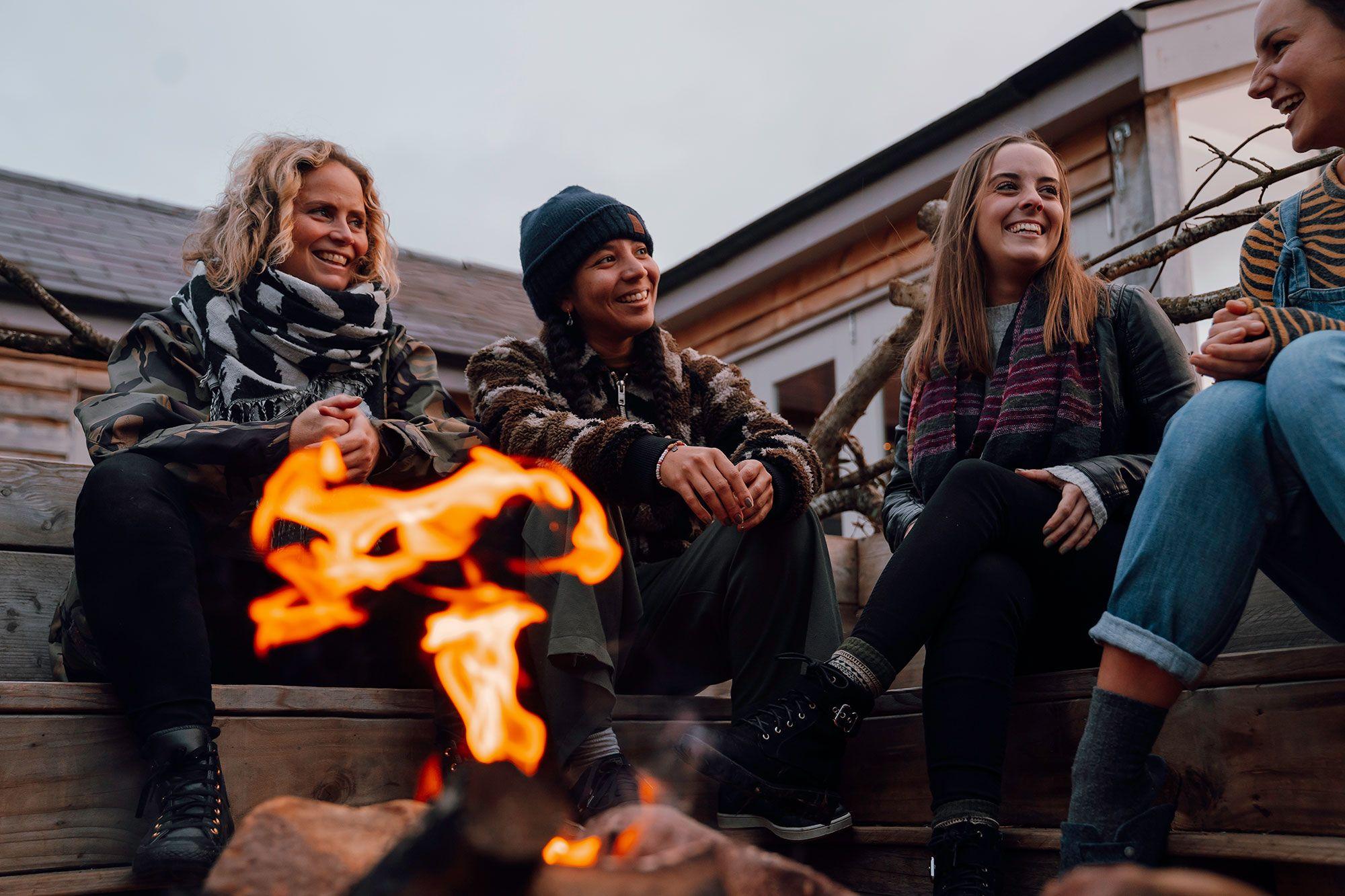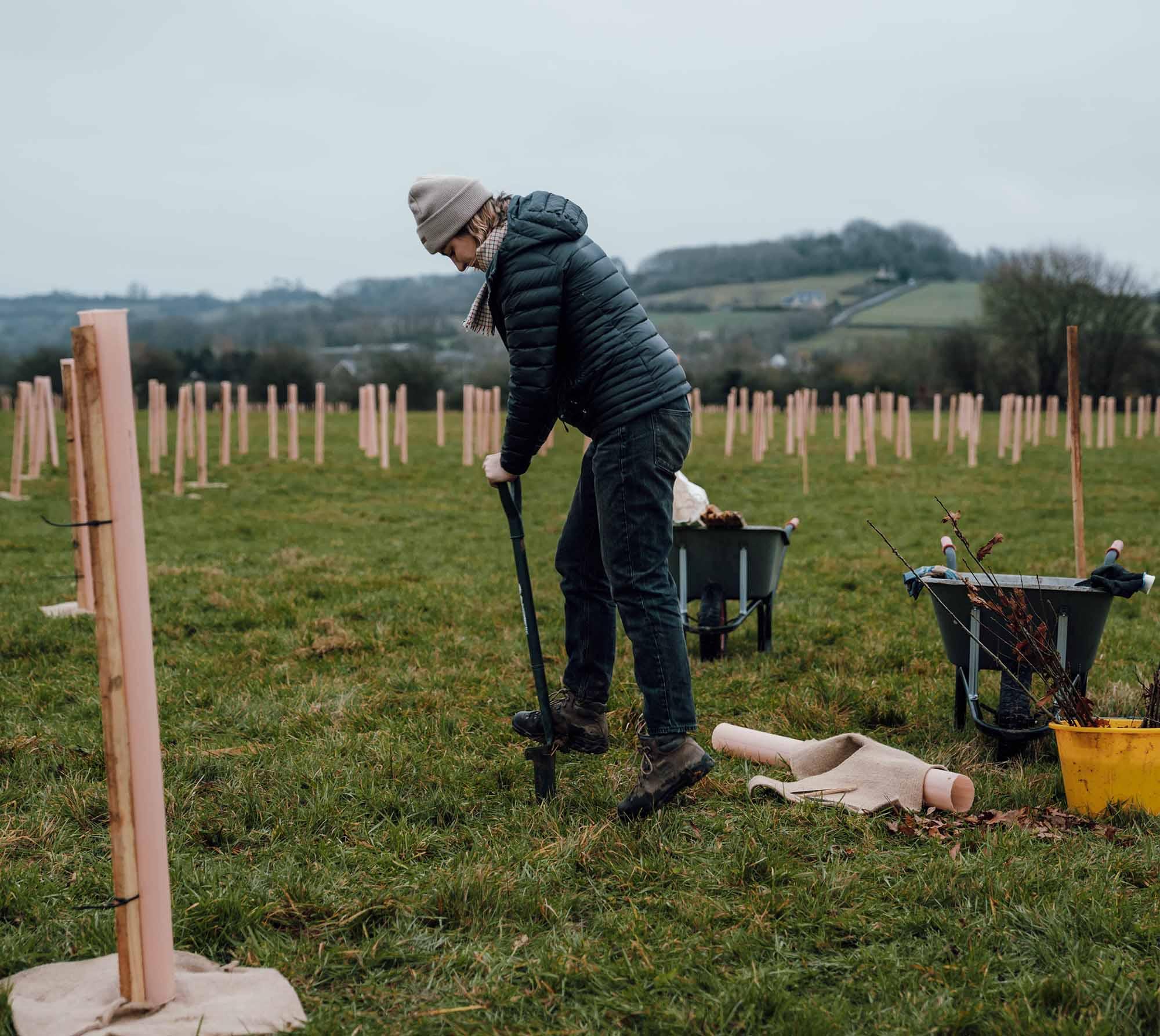Channel your inner shantyman
Our (very) brief history of sea shanties and a playlist you can download and drive to next time you're headed for the coast.
The sea shanty dates back at least 700 years, to the tall ships that helped Europe begin to, how shall we put this, "take an interest in the wider world". Shanties were work songs, whose regular rhythms helped coordinate tasks and keep the mind off the tedium of the more menial jobs aboard ship. There were two main categories, Capstan Shanties and Pulling Shanties. For the first, pretty much any song would do. Capstans are round towers with slots for inserting bars, so that a group of people can all help turn them in order to, for example, raise the anchor, although these days you're more likely to see them being used as hipster coffee tables. Turning the capstan used a constant, even force, so all you needed was a song that would stop you from feeling the burn in your shoulders. Pulling shanties were for things like sails, where grip on a rope needed to be constantly adjusted, leading to an irregular rhythm. These tended to have a call and response structure, which meant needing a shantyman to lead the song and set the rhythm.
After steam replaced sails, most of the manual labour on a ship took place in a noisy boiler room, where nobody can hear you sing. If it hadn't been for Cecil Sharp, who travelled the country in the early 1900s, recording (on paper, not digitally) the songs of sailing folk, very little of this niche aspect of British culture would remain today. As it is, a few specialist groups pop up in harbours now and again, dressed to sing and sail. We hope that Wellerman's popularity has given them and sea shanties generally, a bit of a boost. And maybe next time you're heading for the coast you can take our playlist, channel your inner shantyman and get a salty old song going.





